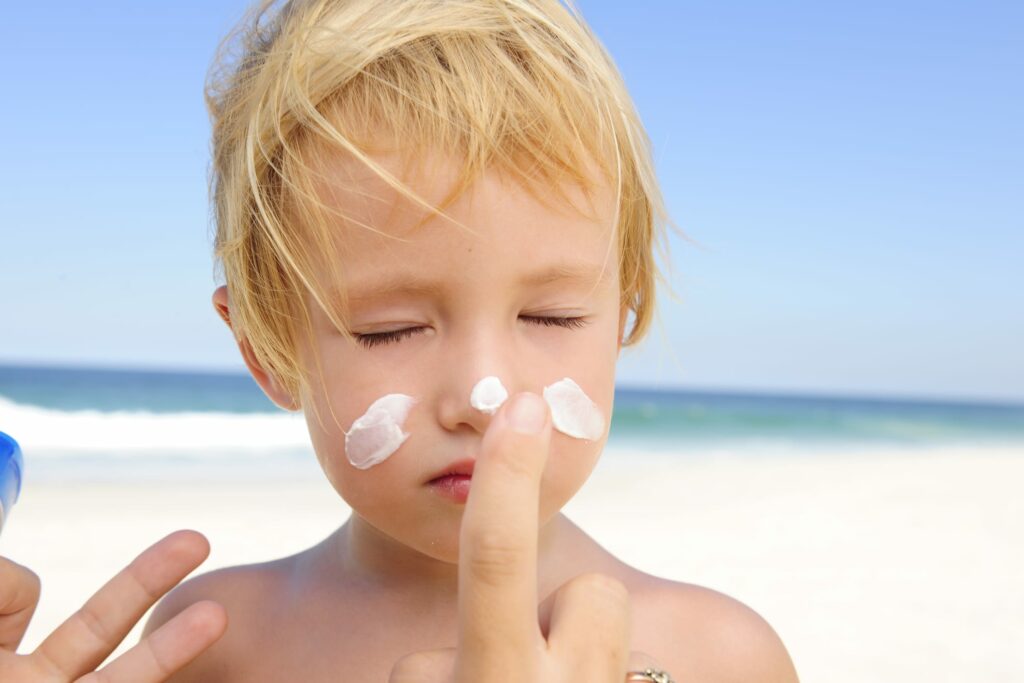Routine sun protection significantly reduces the risk of skin cancer and combats signs of aging by shielding the skin from harmful UV rays every day.
The consistent use of sun protection is critical not just for preventing sunburn but also for safeguarding against long-term skin damage and aging.
This article explores the profound benefits of routine sun protection, providing insights into how regular and correct use can lead to healthier skin and reduced incidences of skin cancer.
Importance of Daily Sun Protection
Daily sun protection is essential, even on cloudy days or during the winter months, as UVA rays—the primary culprit behind skin aging—are present all year round. Regular use of sunscreen can significantly mitigate the cumulative effects of UV exposure, which includes photoaging, characterized by wrinkles, loss of skin elasticity, and pigmentation issues.

Additionally, consistent protection helps prevent DNA damage that can lead to skin cancer.
Benefits Beyond UV Protection
Modern sunscreens do more than shield against UV radiation; they often include ingredients like antioxidants (eg, vitamins C and E), which protect against free radical damage, and moisturizers that maintain skin hydration. These formulations not only defend the skin from the sun but also promote overall skin health, enhancing both its appearance and resilience.
Best Practices for Effective Sun Protection
For sun protection to be effective, it must be applied correctly and routinely. Dermatologists recommend using broad-spectrum sunscreens with an SPF of 30 or higher and reapplying every two hours or immediately after swimming or sweating. Incorporating protective clothing such as wide-brimmed hats, UV-blocking sunglasses, and long-sleeved garments can further enhance skin protection, particularly during peak sun exposure hours.
Long-term Impact and Educational Initiatives
The long-term impact of routine sunscreen is significant, with studies showing a decrease in the occurrence of both melanoma and non-melanoma skin cancers among regular sunscreen users.

Educational initiatives aimed at promoting sun safety practices—from childhood through adulthood—are vital for reducing the prevalence of skin cancer and educating the public about the anti-aging benefits of sun protection.
Encouraging a Cultural Shift in Sun Safety
Creating a culture that understands and values sun safety is essential. This involves not only individual actions but also community and public health efforts to shift perceptions about sunbathing and tanning. By promoting sun protection as a daily health practice, similar to brushing teeth, it becomes a normalized and essential part of overall wellness.
Routine sun protection is a critical component of preventive healthcare, offering substantial benefits in terms of reducing the risk of skin cancer and preventing the signs of aging. As research continues to underscore the importance of consistent sun safety practices, the adoption of daily sun protection habits remains a key strategy for maintaining long-term skin health.
Photo 9304823 © Andreart | Dreamstime.com



